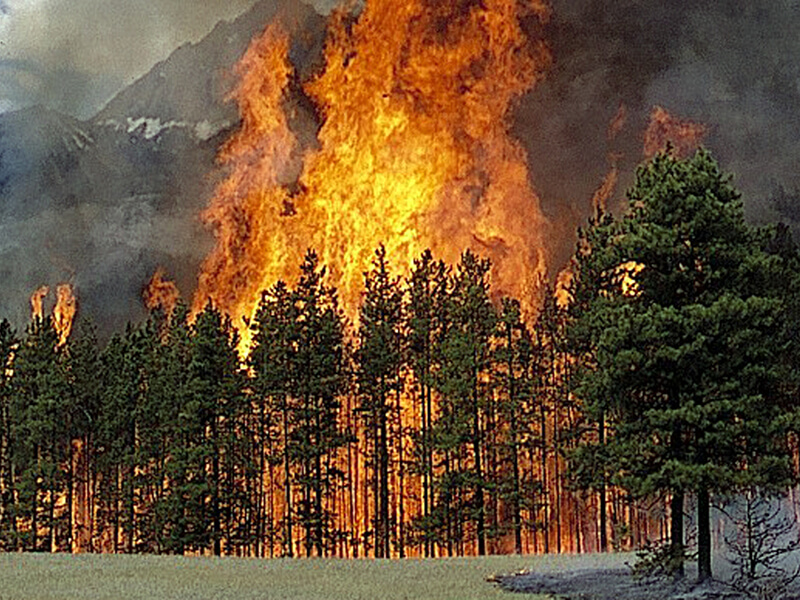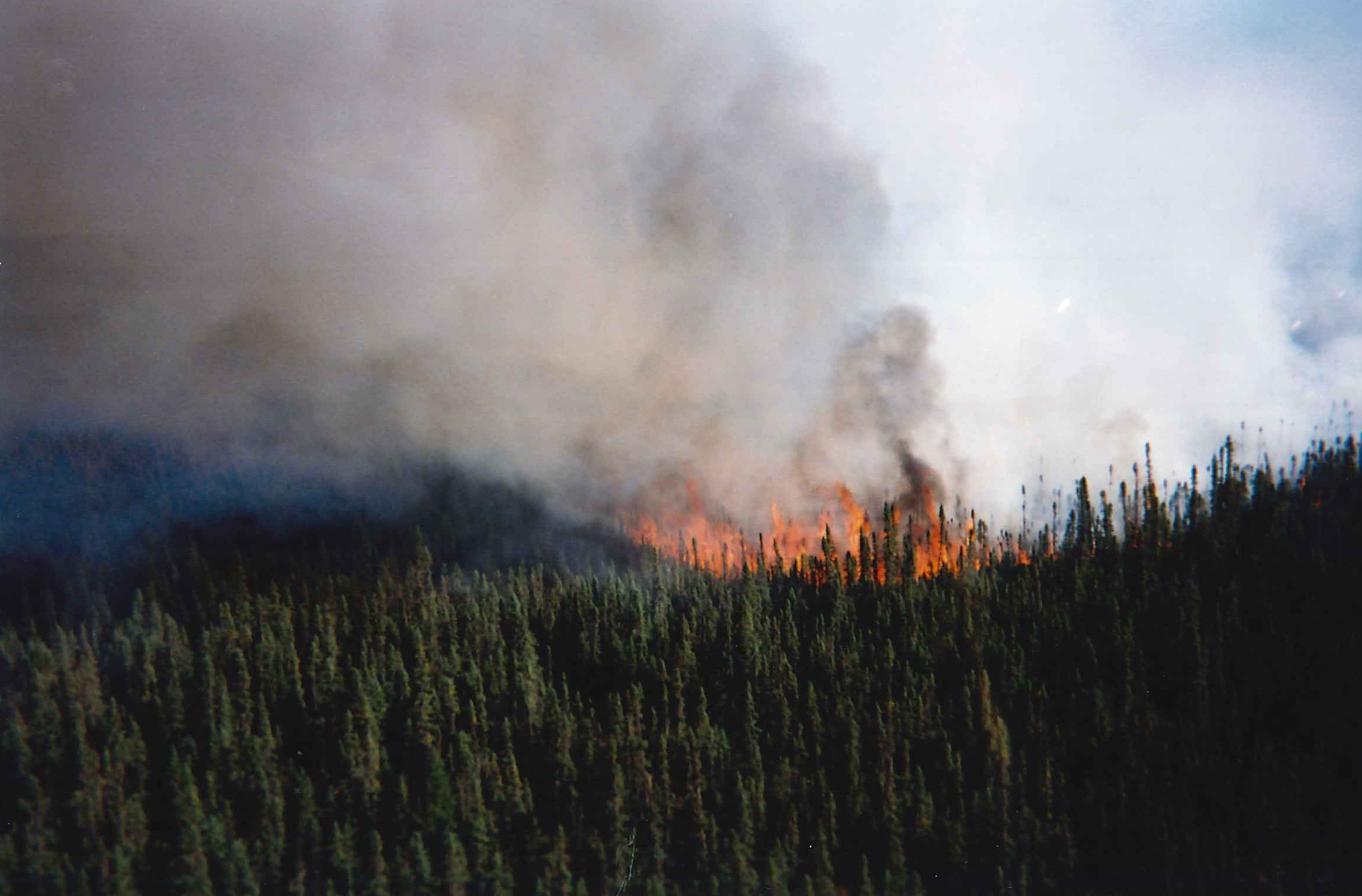
Fire Behaviour in Mountain Pine Beetle Disturbed vs. Managed Fuel Complexes
The goal is to use 3D lidar data to parameterise a physics-based fire behaviour model to understand how fire will spread in lodgepole pine (Pinus contorta Dougl. ex Loud. Var. latifolia Engelm) forests impacted by mountain pine beetle (MPB) in Jasper National Park.
We hypothesize that the structural variability between fuel complexes will result in differences in fire behaviour. We also expect that lidar-based parameterization of the model will not be drastically different from field-based inputs. This will provide justification for the complementary use of lidar data (e.g. Hopkinson et al. 2016) for quantifying rate of spread at a scale beyond field plots.
We hypothesize that strategies applying stand thinning and reduction of fine downed woody debris fuel load will reduce fire spread and intensity (also noted in the literature). However, we also suggest that the timing of removal will be an important factor in the reduction of fire spread. We hypothesize that early post-PB tree mortality and stand thinning may exclude a pulse of fuels during the transition period as tree branches and needles fall and accumulate on the forest floor.
Objectives
- How do MPB-disturbed forest fuel structures influence fire behaviour? Does fire behaviour vary when using field- and lidar parameterizations of the physics-based model (e.g. FIRETEC)?
- Determine how different fire fuel management strategies alter modelled fire behaviour outcomes in MPB-disturbed and undisturbed sites.







